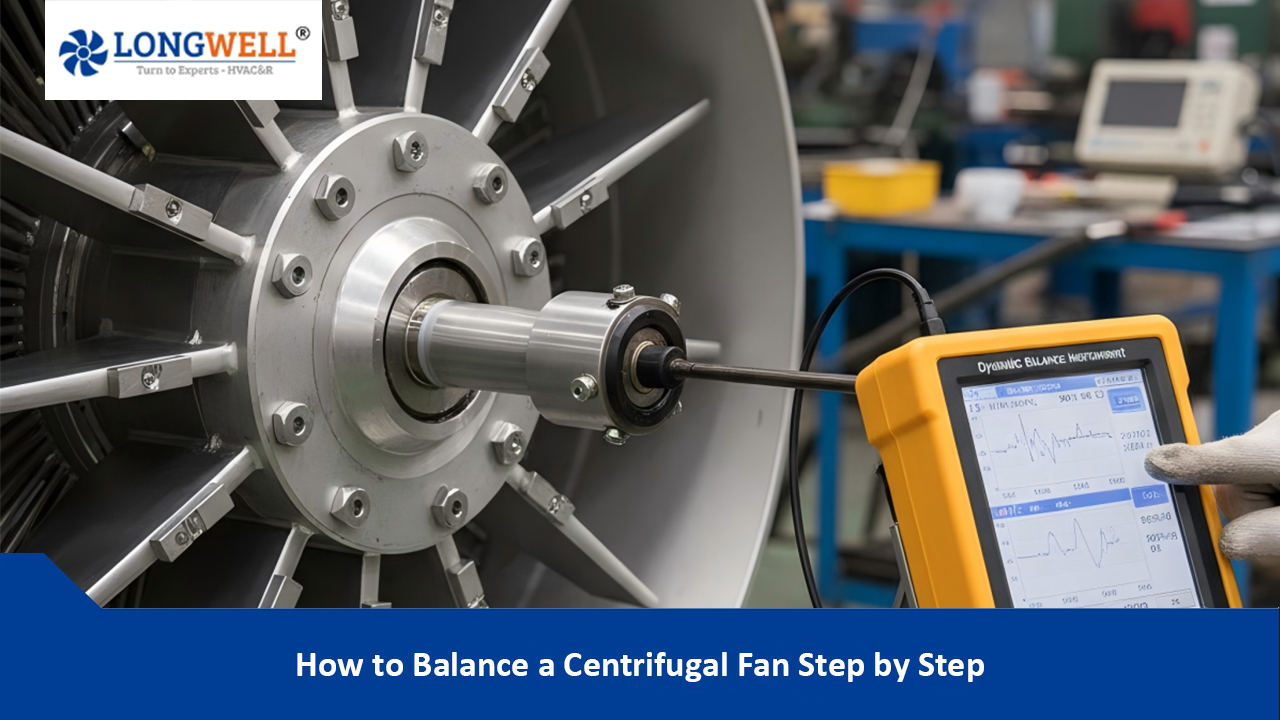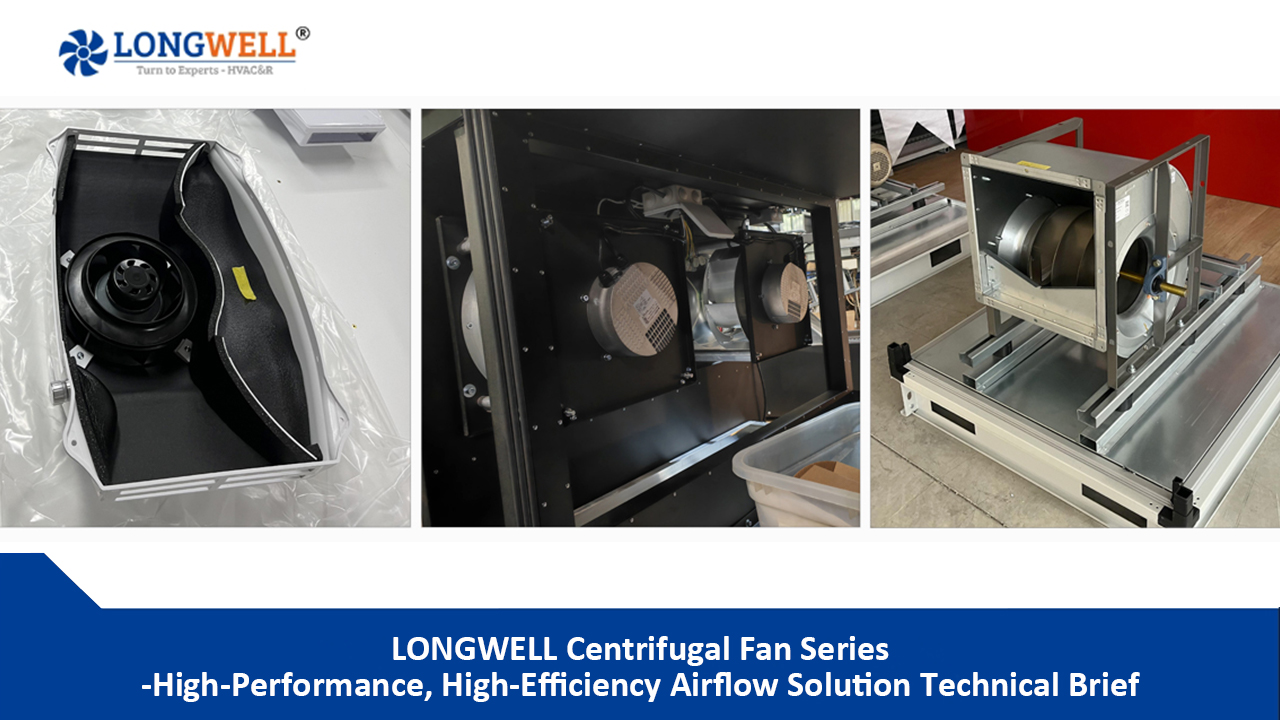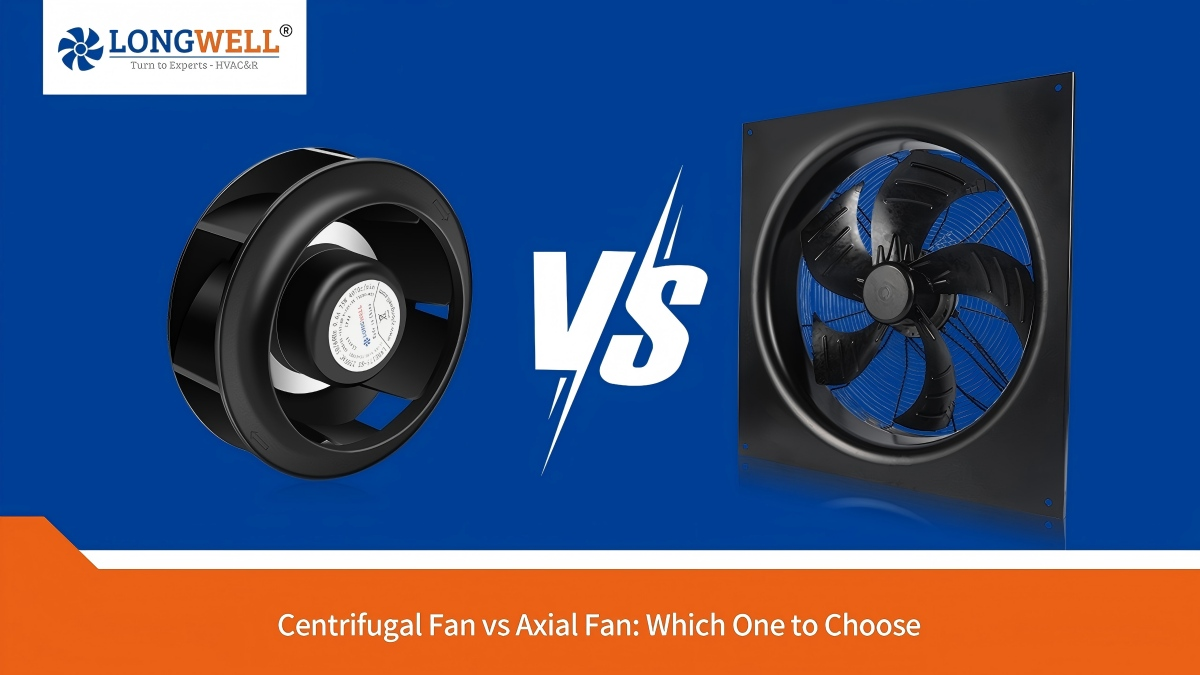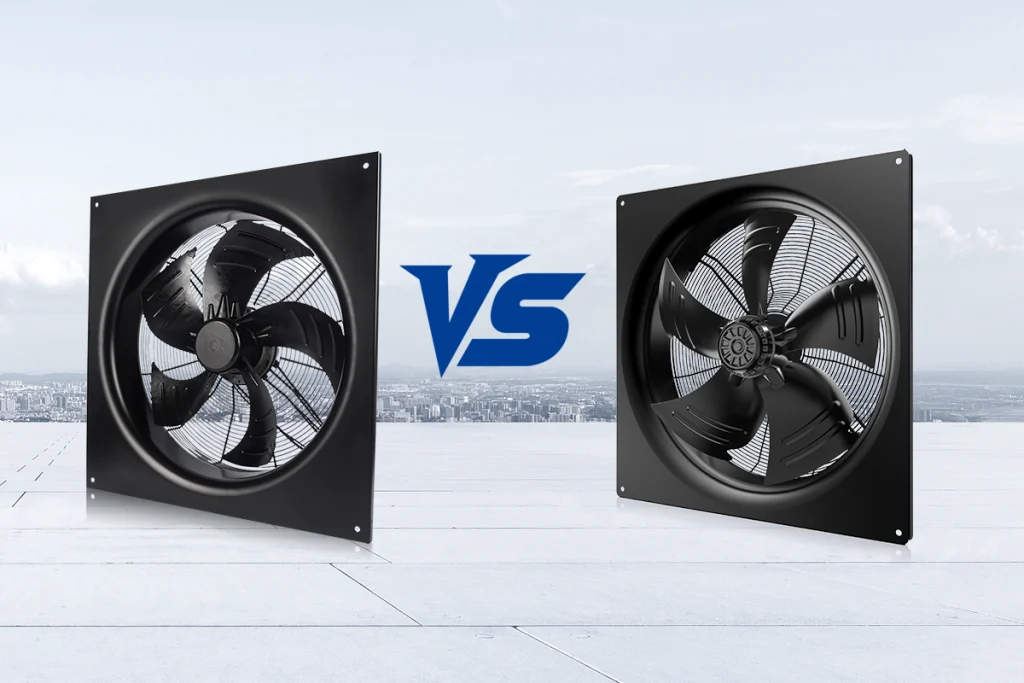
Introduction
When it’s hot, picking the right ceiling fan is important. It’s not just about looks. There are two types of fans: AC fans and DC fans, for example: AC Axial Fan,. AC fans use alternating current (AC power) from your electrical system. You probably see these fans everywhere. DC fans are newer, for example: DC Axial Fan. They use direct current (DC power). This helps them run better and saves energy. Knowing the differences can help you choose the best fan for comfort and lower costs.
Understanding AC and DC Fans
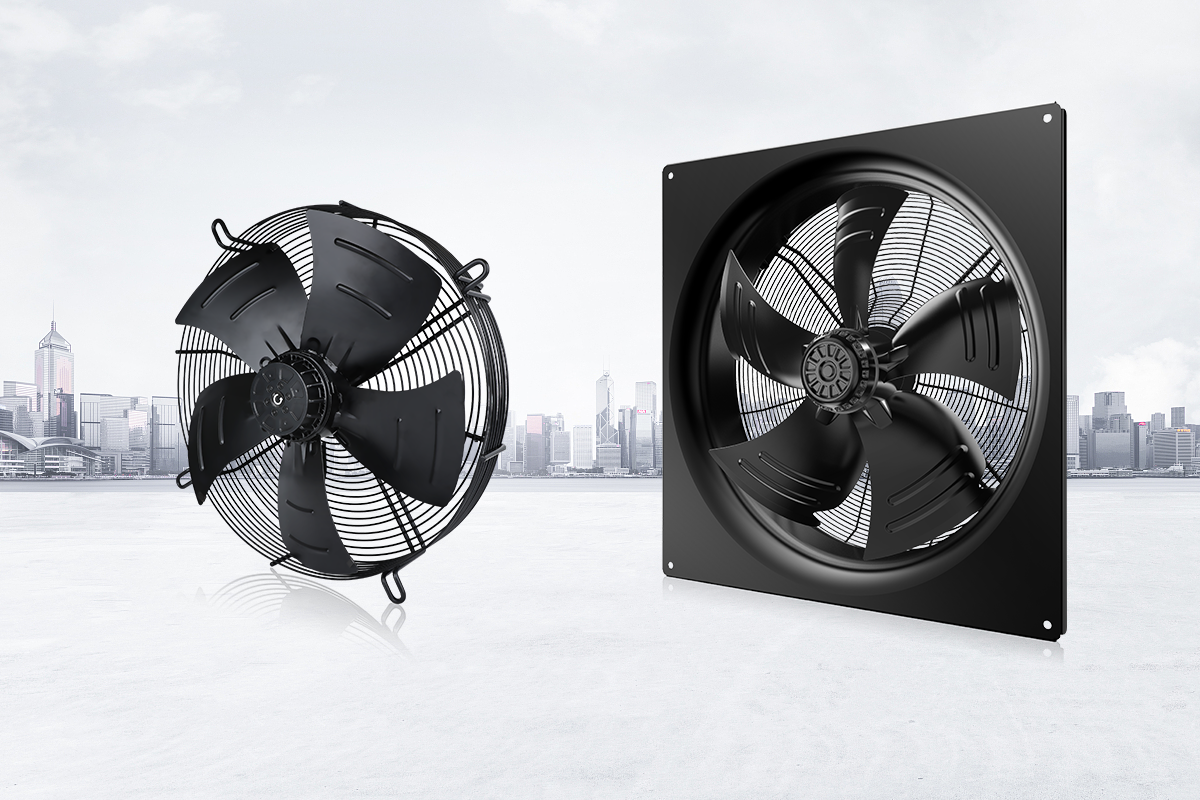
Before we talk about the details, let’s check the main difference between AC and DC power. Alternating current (AC) changes direction from time to time. This type of electricity is what powers homes and businesses. Direct current (DC), on the other hand, flows in one direction. It’s the same kind of power that batteries provide.
The main difference in how current flows helps us understand AC and DC fans. AC fans use alternating current directly. DC fans, however, require a converter to turn AC power into DC power. Because of this, DC fans use less energy and can control their speed better.
The Basics of AC (Alternating Current) Fans
AC fans run on alternating current and are common in household appliances, like ceiling fans. They use AC power and AC motors to create good airflow. You can change their speed with a wall switch or remote control. These fans also have a reverse function, which makes them more useful. Even though AC fans may use a little more energy than DC fans, they are quieter. To work well, they need a constant voltage source. AC ceiling fans are an excellent choice for anyone who wants good performance and less electricity usage.
The Fundamentals of DC (Direct Current) Fans
DC fans use direct current. This makes them more energy-efficient than AC fans. They usually use less power, which helps lower energy costs over time. This also helps the environment. With DC technology, these fans offer speed options. They work quietly because of less electromagnetic interference. These fans are great for modern ceiling fans and other household appliances. They even have a reverse function for added functionality. However, DC fans might need a DC converter. They can also cost a bit more than AC fans at first.
Comparing Energy Efficiency and Performance
When you choose between an AC fan and a DC fan, it’s not just about the technology. It’s also about how well they perform. A big difference is in the energy they use. DC fans usually use less energy and are more energy efficient than AC fans.
You can save money on your energy bills with a DC fan. They are often quieter and offer more speed options. This lets you control the airflow in a better way.
Energy Consumption in AC vs. DC Fans
Energy efficiency matters a lot when we talk about AC and DC fans. DC fans are made to use energy more wisely. This makes them a good pick for people who care about the environment. They can also help reduce your electricity bills.
Let’s highlight the differences in how energy is used with an easy table:
| Fan Type | Wattage (approx.) | Energy Consumption |
|---|---|---|
| 60-inch AC Ceiling Fan | 60-75 watts | Higher |
| 60-inch DC Ceiling Fan | 20-30 watts | Lower (up to 70% less) |
This comparison shows that AC fans and DC fans use energy differently. DC fans usually use less energy, even at their highest speed. On the other hand, an AC fan running at a medium speed can use more energy than a DC fan.
Using less energy over time can help you save money. This is why DC fans are a good choice for those who want to save energy.
Performance Differences and Speed Control

DC fans provide many benefits compared to AC fans. They save energy, but that’s not all. A big plus is that DC fans are much quieter. This is because their motors do not have brushes and commutators. This design helps cut down on noise and friction.
DC fans offer more speed options. This helps you control the airflow better. It makes it easier for you to feel comfortable in different spaces. Here are some key performance differences:
- Quieter Operation: DC fans make less noise than AC fans. They are perfect for bedrooms, libraries, or anywhere you want it to be quiet.
- Precise Speed Control: DC fans have several speed options. You can adjust them to get the best airflow for your comfort.
- Faster Response Time: DC fans can start, stop, and change speeds quicker than AC fans. This makes them easy and handy to use.
Conclusion
In conclusion, when you select between AC and DC fans, keep energy efficiency, performance, and cost in mind. AC fans are more popular and are often less expensive. On the other hand, DC fans are known for their energy efficiency and speed control, but they usually cost more. Knowing what you need for your space and the features you want will help you make the best choice. If you have more questions or need help, visit our FAQ section or reach out to our experts.
Frequently Asked Questions
Why are DC fans generally more expensive than AC fans?
DC fans can help you save money in the long run by using less energy. However, they usually cost more at the beginning than AC fans. This is due to their more complex manufacturing process and the inclusion of parts like the DC converter.
Can I use a DC fan in an area with only AC power available?
Yes, you can use a DC fan with AC power. Most DC fans have a DC converter. This converter changes the AC power from your outlet into DC voltage. That is what the DC motor needs to work.
